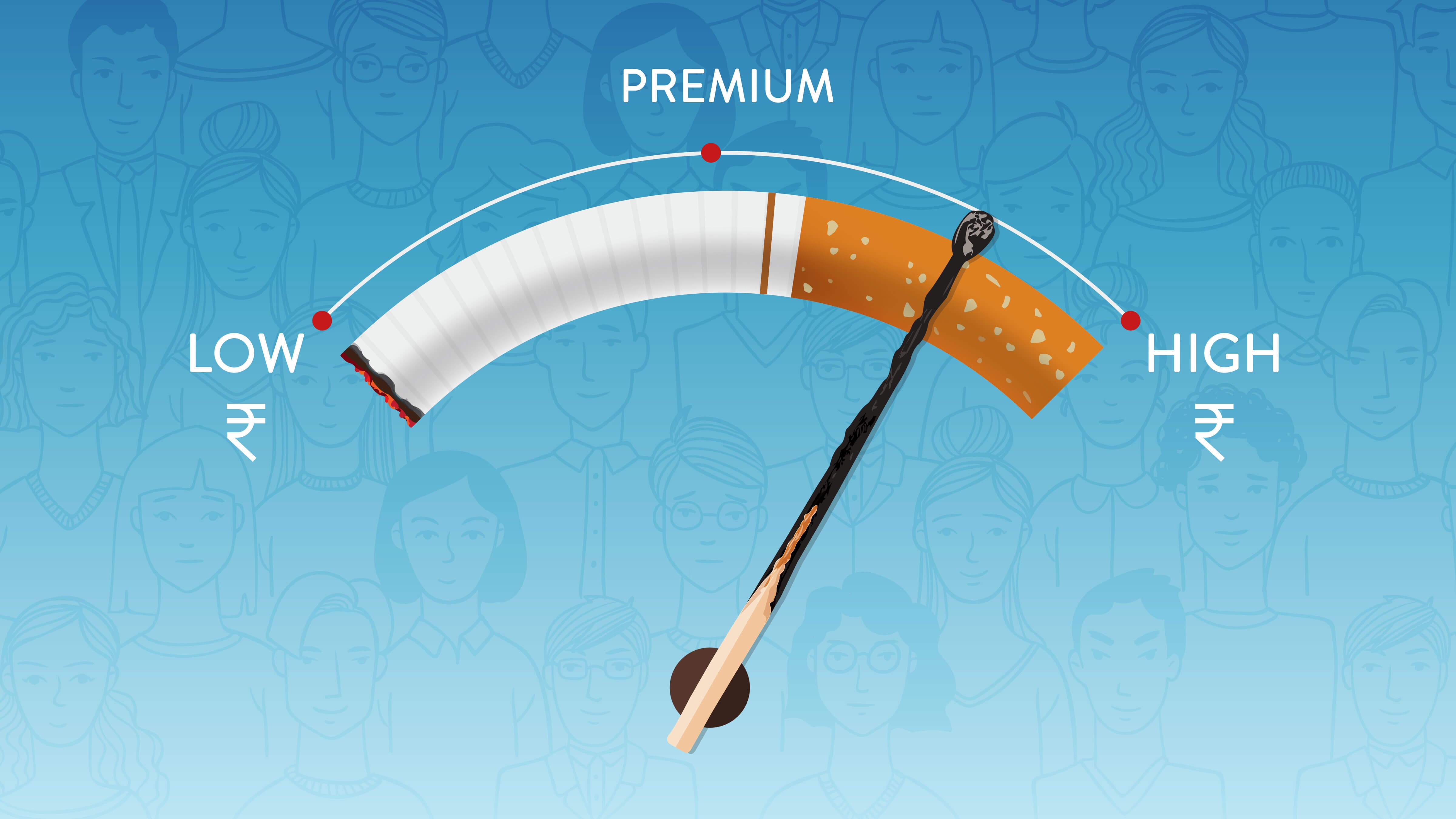How to Buy Life Insurance on a Budget
Learn how to secure life insurance without breaking the bank with our guide on How to Buy Life Insurance on a Budget. This video provides practical tips for finding affordable life insurance, comparing policy options, and understanding coverage needs. Discover strategies to save money while ensuring you get the protection you need for yourself and your loved ones.

In today's world, where financial stability is crucial, life insurance has become an essential part of a responsible financial plan. Much like clothing, life insurance comes in various styles and price ranges, from affordable options to high-end policies that may not be necessary for most individuals. Just as one wouldn’t splurge on a designer outfit when a well-fitted thrift-store find suffices, it is equally important to choose a life insurance policy that fits your needs without breaking the bank. This article aims to guide you through the process of buying life insurance on a budget, ensuring you get the coverage you need at a price you can afford.
Determining Your Life Insurance Needs
Before diving into the world of life insurance policies, it's important to understand what life insurance is and why it matters. Life insurance is a contract between the insured and the insurer, where the insured pays regular premiums in exchange for a financial payout upon their death. This payout can help cover various expenses, including funeral costs, outstanding debts, and living expenses for surviving family members.
Life insurance serves as a safety net for your loved ones, ensuring they are financially secure in the event of your passing. It's particularly crucial if you have dependents who rely on your income or if you have shared financial commitments with a partner. Here are some key situations when you should consider life insurance:
- Starting a Family: If you are a new parent or planning to have children, life insurance can provide financial security for your family.
- Providing Income: If your income contributes significantly to your household, life insurance can help replace that income in case of unexpected events.
- Leaving a Legacy: If you want to leave a financial legacy for your children or grandchildren, a life insurance policy can help achieve that goal.
- Shared Financial Commitments: If you and your partner share financial responsibilities, such as a mortgage or joint debts, life insurance can help alleviate the financial burden on the surviving partner.
Understanding your specific needs is the first step in determining what type of life insurance policy is right for you.
Types of Life Insurance Plans
When considering life insurance, it's crucial to understand the different types available. The two main categories of life insurance are term life insurance and permanent life insurance.
Term Life Insurance
Term life insurance is a straightforward and cost-effective option. As the name suggests, this type of insurance provides coverage for a specified period, typically ranging from ten to thirty years. If the policyholder passes away during the term, their beneficiaries receive a death benefit.
One of the primary advantages of term life insurance is its affordability. Premiums for term policies are generally lower than those for permanent life insurance, making them an attractive option for budget-conscious individuals. Moreover, term life insurance typically comes with guaranteed level premiums, meaning your monthly payments remain consistent throughout the life of the policy. This stability makes it easier to budget for insurance expenses over the long term.
Term life insurance is particularly appealing for those with temporary financial obligations, such as raising children or paying off a mortgage. Once these financial responsibilities decrease, policyholders can reassess their insurance needs and adjust their coverage accordingly.
Permanent Life Insurance
In contrast to term life insurance, permanent life insurance provides lifelong coverage. This type of insurance includes whole life and universal life policies, both of which offer a cash value component in addition to the death benefit. This cash value can grow over time, providing a savings element that can be borrowed against or withdrawn in certain circumstances.
However, this added benefit comes at a price. Premiums for permanent life insurance are significantly higher than those for term policies, often ranging from five to twenty times more. While the cash value accumulation can be appealing, it's essential to work with a financial advisor to determine whether this type of insurance aligns with your long-term financial goals.
For those on a budget, permanent life insurance may not be the most practical choice. It’s essential to weigh the benefits against the costs and consider whether the additional features are necessary for your situation.
Deciding Coverage Amount and Budget
Once you’ve determined the type of life insurance you need, the next step is to figure out how much coverage is appropriate for your circumstances. The amount of life insurance you require will depend on your individual financial situation, obligations, and goals.
A commonly used rule of thumb for determining coverage needs is to multiply your annual income by a factor of five to ten. For instance, if your annual income is fifty thousand dollars, you may want to consider a policy with a death benefit ranging from two hundred fifty thousand to five hundred thousand dollars. This approach provides a rough estimate of the financial support your family might need in the event of your passing.
However, it's crucial to remember that this is just a starting point. Your specific needs may vary based on several factors, including:
- Outstanding Debts: Consider any loans, credit card debts, or mortgages that would need to be paid off. Life insurance can help ensure these debts do not burden your loved ones.
- Living Expenses: Think about the ongoing living expenses of your family. The death benefit should help cover daily expenses, such as housing, food, and education.
- Future Financial Goals: If you plan to fund your children's education or leave a legacy, factor those costs into your coverage calculation.
To accurately assess your insurance needs, consider using an online life insurance calculator. These tools can help you estimate the amount of coverage that would provide sufficient financial support for your loved ones.
Calculating Insurance Needs
After determining the coverage amount you need, it’s essential to consider the appropriate term length for your policy. The length of the term should align with your current life stage and future financial obligations.
If you are early in your career or starting a family, opting for a longer-term policy may be beneficial. A twenty or thirty-year term can provide coverage during the years when your family relies on your income the most. While longer-term policies may come with higher overall costs, securing a policy at a younger age often results in lower premiums.
Conversely, if you are further along in your financial journey and have fewer financial commitments, a shorter-term policy might be more appropriate. A ten-year term can be suitable for individuals looking to bridge the gap until their children are financially independent or until significant debts are paid off.
When choosing a term length, consider your budget as well. A twenty-year policy typically costs less than a thirty-year policy, making it an attractive option for those who want to balance coverage needs with affordability.
Shopping for the Best Fit for You
Now that you have a clearer picture of your life insurance needs, it's time to start shopping for the right policy. This step can be overwhelming due to the sheer number of options available, but being informed and organized will make the process easier.
Compare Life Insurance Rates
The most critical factor for those on a budget is finding an affordable life insurance policy. Start by obtaining quotes from multiple insurers to compare rates. Look for policies that offer guaranteed level premiums, which ensure your monthly payment remains consistent throughout the term. This predictability can help you manage your budget effectively.
When comparing quotes, consider the following factors:
- Coverage Amount: Ensure the quotes reflect the same coverage amount to make accurate comparisons.
- Policy Features: Look for additional benefits that may be included, such as riders or optional add-ons that can enhance your coverage.
- Financial Stability of the Insurer: Research the financial ratings of the insurance companies you're considering. Choose an insurer with a strong financial reputation to ensure they can pay out claims when needed.
Get Quotes from Multiple Insurers
To get a comprehensive view of your options, reach out to several insurance providers. You can obtain quotes online or through insurance agents. Some companies even offer instant quotes on their websites, allowing you to quickly gauge potential costs. Don’t hesitate to ask about discounts or special offers that may be available, especially if you’re a member of certain organizations or have a clean health history.
Understand the Underwriting Process
The underwriting process is how insurers assess your risk profile based on factors such as age, health, lifestyle, and occupation. The results of this assessment will influence your premium rates. Being proactive in managing your health can lead to more favorable underwriting results. Consider scheduling a medical exam if required by the insurer, as this can provide a clearer picture of your health and potentially lead to lower rates.
Apply and Find the Best Rate
Once you've gathered quotes and selected the insurer that meets your needs, it’s time to apply for coverage. The application process typically involves filling out a detailed questionnaire regarding your health, lifestyle, and family medical history. Be honest and thorough in your responses, as inaccuracies can lead to complications or denial of coverage.
After submitting your application, the insurer will review your information and may request additional documentation or a medical exam. This process can take anywhere from a few days to several weeks, depending on the insurer's policies and your specific situation.
Once approved, review the policy terms carefully before signing. Ensure that all details align with what you discussed during the application process, including the coverage amount, premium costs, and any riders or add-ons you may have chosen.
Buying life insurance on a budget is not only possible, but it can also provide peace of mind knowing that you have taken steps to protect your loved ones financially. By understanding your needs, comparing policies, and shopping smartly, you can find a life insurance plan that fits your financial situation. Life insurance is a critical component of a comprehensive financial plan, ensuring your family is safeguarded against unexpected circumstances. With careful planning and research, you can secure the coverage you need without compromising your financial health.
FAQs
What is the difference between term and permanent life insurance?
Term life insurance provides coverage for a specified period, while permanent life insurance offers lifelong coverage and typically includes a cash value component.
How do I determine how much life insurance I need?
A common method is to multiply your annual income by five to ten times. Additionally, consider any outstanding debts, future financial obligations, and the living expenses of your dependents.
Can I adjust my life insurance policy later?
Yes, many insurers allow you to adjust your policy as your needs change. You can increase or decrease coverage amounts, change beneficiaries, or even convert a term policy to a permanent one, depending on the terms of your policy.
How can I lower my life insurance premiums?
To lower your premiums, consider the following strategies: maintain a healthy lifestyle, compare quotes from multiple insurers, choose a term policy instead of permanent insurance, and avoid unnecessary riders or add-ons.
Are there any discounts available for life insurance?
Many insurers offer discounts for various reasons, such as being a non-smoker, having a clean medical history, or bundling life insurance with other types of insurance like home or auto insurance.
What factors affect my life insurance premium?
Factors that influence your premium include age, health status, lifestyle choices (such as smoking or drinking), occupation, and the coverage amount and type of policy you choose.
Is a medical exam required for life insurance?
Some insurers require a medical exam as part of the underwriting process, while others offer no-exam policies. The requirement often depends on your age, health status, and the amount of coverage you are applying for.
Can I cancel my life insurance policy if I no longer need it?
Yes, you can cancel your life insurance policy at any time. However, be aware of any potential fees or the impact on your future insurability.
What happens to my life insurance policy if I stop paying premiums?
If you stop paying premiums, your policy may lapse, meaning you will no longer have coverage. However, some policies offer a grace period or options to reinstate the policy within a certain timeframe.
How long does it take to get approved for life insurance?
The approval process varies by insurer, but it typically takes anywhere from a few days to several weeks, depending on the complexity of your application and any required medical exams.
What's Your Reaction?



















